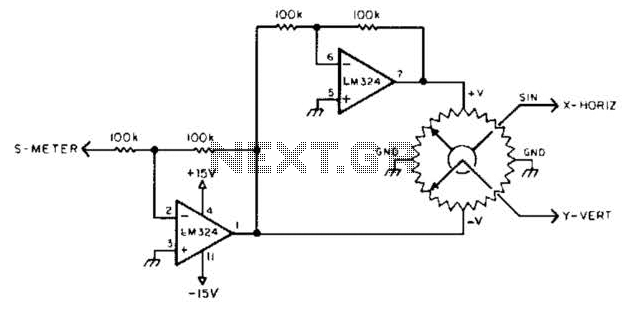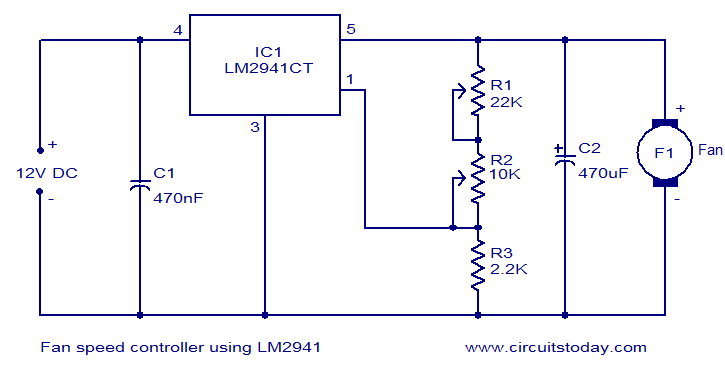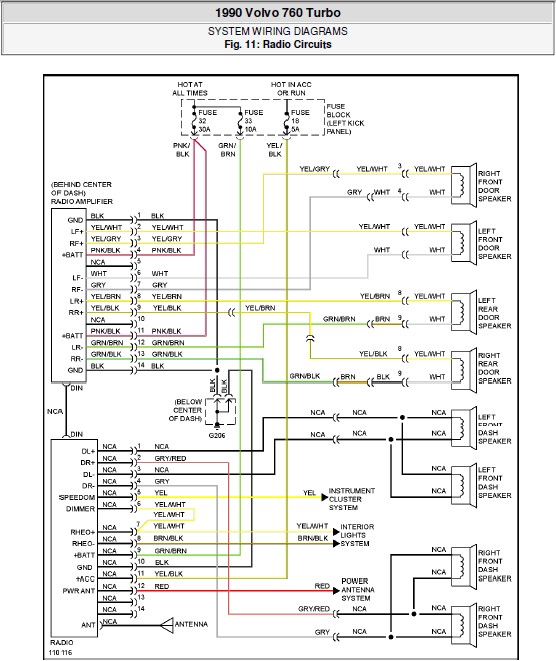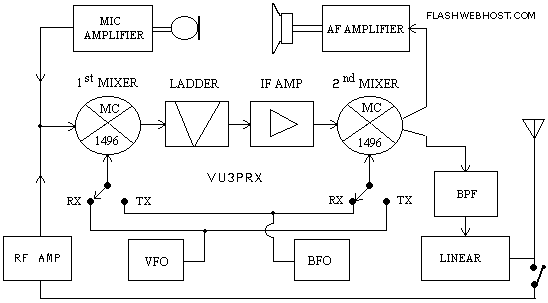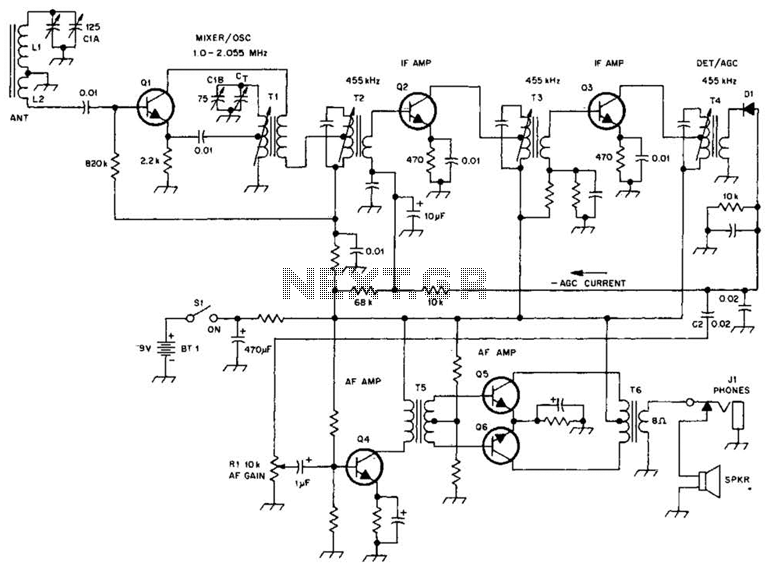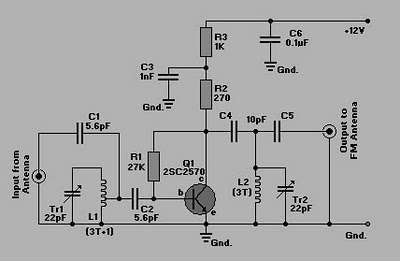
AM sofware radio using Arduino

Markus constructed a software AM radio transmitter utilizing an Arduino. The audio signal is supplied to the ADC input via a decoupling capacitor. A PWM output pin directly controls a capacitor-inductor circuit connected to an antenna. The schematic and firmware are accessible.
The described AM radio transmitter employs an Arduino microcontroller to generate amplitude-modulated signals suitable for radio broadcasting. The audio input, which can be derived from various sources such as a microphone or audio player, is first processed by the Analog-to-Digital Converter (ADC) of the Arduino. The decoupling capacitor serves to filter out any high-frequency noise from the audio signal, ensuring that only the desired audio frequencies are sent to the ADC for conversion.
Once the audio signal is digitized, the Arduino utilizes Pulse Width Modulation (PWM) to modulate the amplitude of the signal. This is accomplished through a dedicated PWM output pin, which drives a capacitor-inductor (LC) circuit. The LC circuit is crucial for tuning the transmitter to the desired frequency and for efficiently coupling the modulated signal to the antenna. The antenna itself is responsible for radiating the AM signal over the airwaves, allowing it to be received by standard AM radio receivers.
The schematic of the circuit would typically include the Arduino connections, the arrangement of the decoupling capacitor, the PWM output configuration, and the LC circuit design parameters. Additionally, the firmware would contain the necessary code to handle audio input processing, PWM signal generation, and potentially user interface elements for tuning and configuration.
The availability of both the schematic and firmware facilitates replication and further experimentation, allowing users to modify parameters and enhance the transmitter's performance according to specific needs or preferences.Markus built a software AM radio transmitter using the Arduino. The audio signal is fed to the ADC input through a decoupling capacitor. A PWM output pin directly drives a capacitor inductor circuit with an antenna. The schematic and firmware are available. 🔗 External reference
The described AM radio transmitter employs an Arduino microcontroller to generate amplitude-modulated signals suitable for radio broadcasting. The audio input, which can be derived from various sources such as a microphone or audio player, is first processed by the Analog-to-Digital Converter (ADC) of the Arduino. The decoupling capacitor serves to filter out any high-frequency noise from the audio signal, ensuring that only the desired audio frequencies are sent to the ADC for conversion.
Once the audio signal is digitized, the Arduino utilizes Pulse Width Modulation (PWM) to modulate the amplitude of the signal. This is accomplished through a dedicated PWM output pin, which drives a capacitor-inductor (LC) circuit. The LC circuit is crucial for tuning the transmitter to the desired frequency and for efficiently coupling the modulated signal to the antenna. The antenna itself is responsible for radiating the AM signal over the airwaves, allowing it to be received by standard AM radio receivers.
The schematic of the circuit would typically include the Arduino connections, the arrangement of the decoupling capacitor, the PWM output configuration, and the LC circuit design parameters. Additionally, the firmware would contain the necessary code to handle audio input processing, PWM signal generation, and potentially user interface elements for tuning and configuration.
The availability of both the schematic and firmware facilitates replication and further experimentation, allowing users to modify parameters and enhance the transmitter's performance according to specific needs or preferences.Markus built a software AM radio transmitter using the Arduino. The audio signal is fed to the ADC input through a decoupling capacitor. A PWM output pin directly drives a capacitor inductor circuit with an antenna. The schematic and firmware are available. 🔗 External reference
